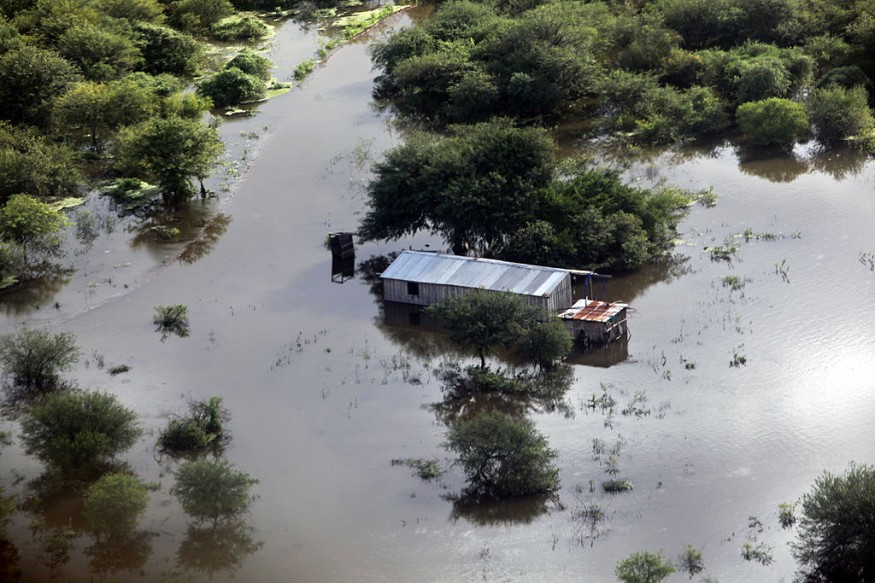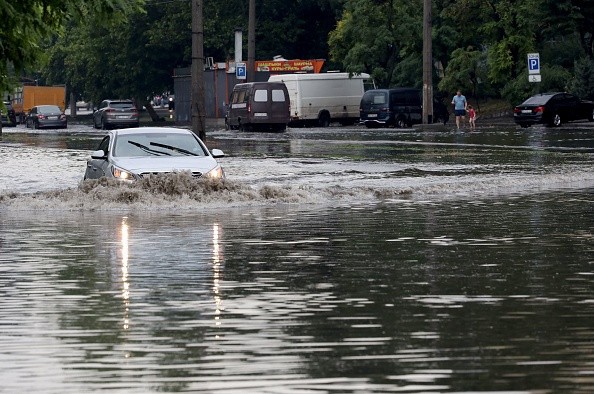A new Yale-led study suggests that climate models may be drastically underestimating how intense precipitation would become in response to increased greenhouse gases in the atmosphere.

Assessing Climate Models
According to academics Ryan Li and Joshua Studholme in the journal Nature Climate Change, it all boils down to raindrop physics. Even a little shift in the proportion of falling raindrops that reach the Earth's surface can make the difference between a climate of mild drizzles and one of the record deluges.
Unfortunately, many climate predictions appear to be underestimating future floods for the time being, according to the researchers.
"Whether the rain a cloud produces over its lifetime will increase or decrease in warmer climates is a research question that has been debated for over a half-century, and we are still looking for an answer," said Li, a graduate student at Yale's Department of Earth and Planetary Sciences and the study's first author.
"We've shown that the answer to this seemingly little issue plays a significant effect in global climate change estimates."
Surge of Storms

Recent years have seen a surge of major storms that have surpassed predictions for precipitation severity. In 2021, such storms set all-time worldwide damage records, costing the United States $65 billion, Europe $43 billion, and China $30 billion. These financial losses were caused by significant land instability in Germany and flooded subway systems in New York City and Henan, China, among other things.
According to the current study's authors, several cutting-edge climate models failed to predict the increase in intense storms. They examined the models to see whether and why greenhouse gas effects are underestimated. They trace the issue to a critical question: How much rain will fall from a particular cloud as the world continues to warm?
"Climate models used for present global warming estimates are divided on this key subject," said co-author Studholme, a physicist and postdoctoral associate in Yale's Faculty of Arts and Sciences' Department of Earth and Planetary Sciences.
"The result corresponds to a shocking two-fold disparity in forecasts of severe rainfall," said Studholme, who also contributed to the sixth assessment report of the United Nations Intergovernmental Panel on Climate Change.
Measuring Precipitation Efficiency

For the study, the researchers devised a unique method for measuring precipitation efficiency (PE), or the amount of rain that is re-evaporated as it descends from a storm cloud. A PE of 0 indicates that no rain falls on the Earth's surface; a PE of 1 suggests that all water from the cloud falls on the Earth's surface. The researchers focused on the "drying" timeframe of clouds-the time it would take for a cloud to shed all of its water.
The researchers discovered that meteorological models frequently employing more precise, higher-resolution cloud information have a larger PE, implying greater precipitation. "Unfortunately, the computational capacity required to run these high-resolution models for global climate change forecasts does not currently exist," Studholme explained. "However, they may be utilized to contextualize standard climate models."
They also discovered that typical climate models that forecast growing PE, such as high-resolution models, predict a two-fold increase in severe precipitation occurrences in the twenty-first century compared to models that predict decreasing PE.
Related Article: 2050 Earth Map Predicts Our Gloomy Future Brought by Climate Change
For more Environmental news updates, don't forget to follow Nature World News!
© 2025 NatureWorldNews.com All rights reserved. Do not reproduce without permission.





